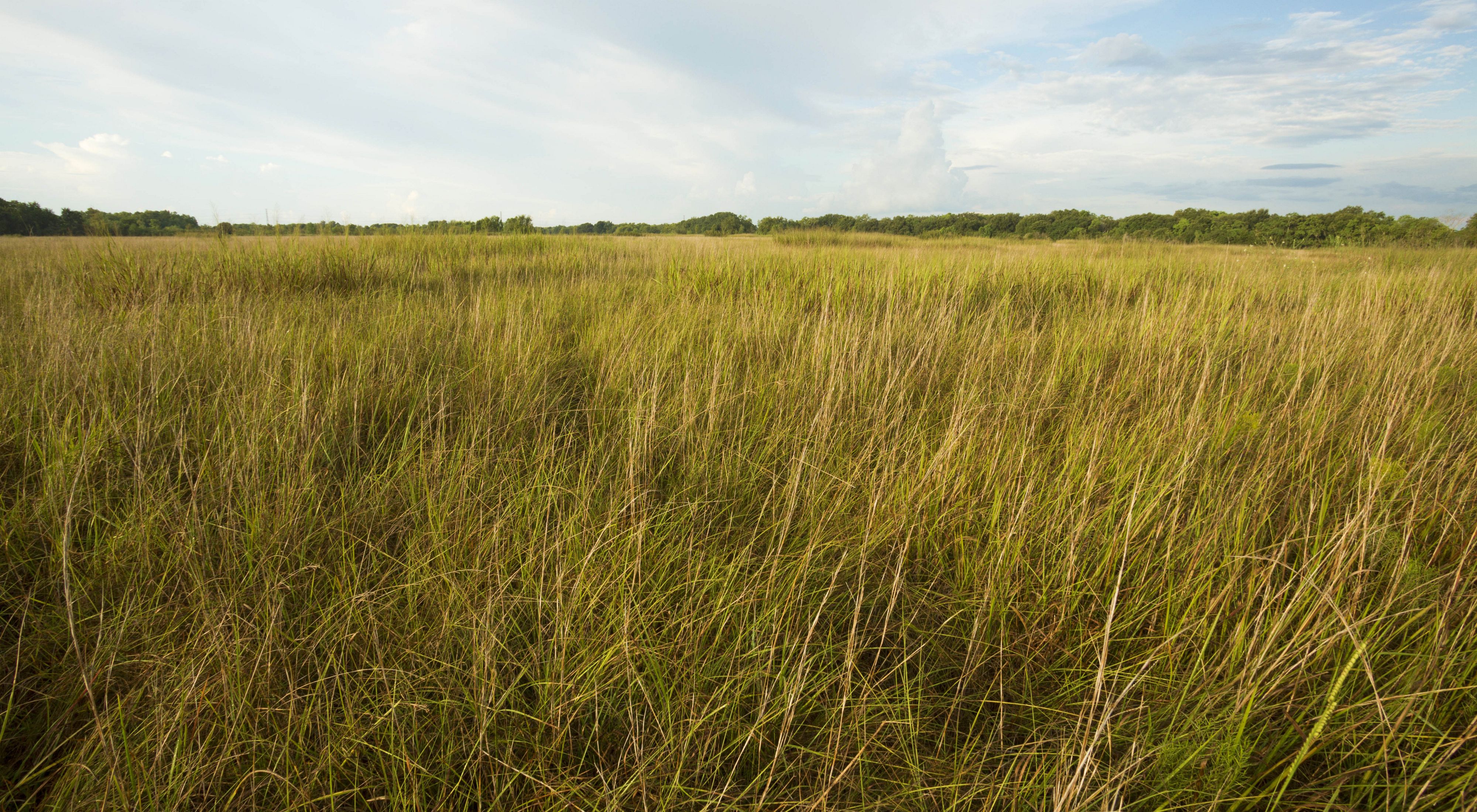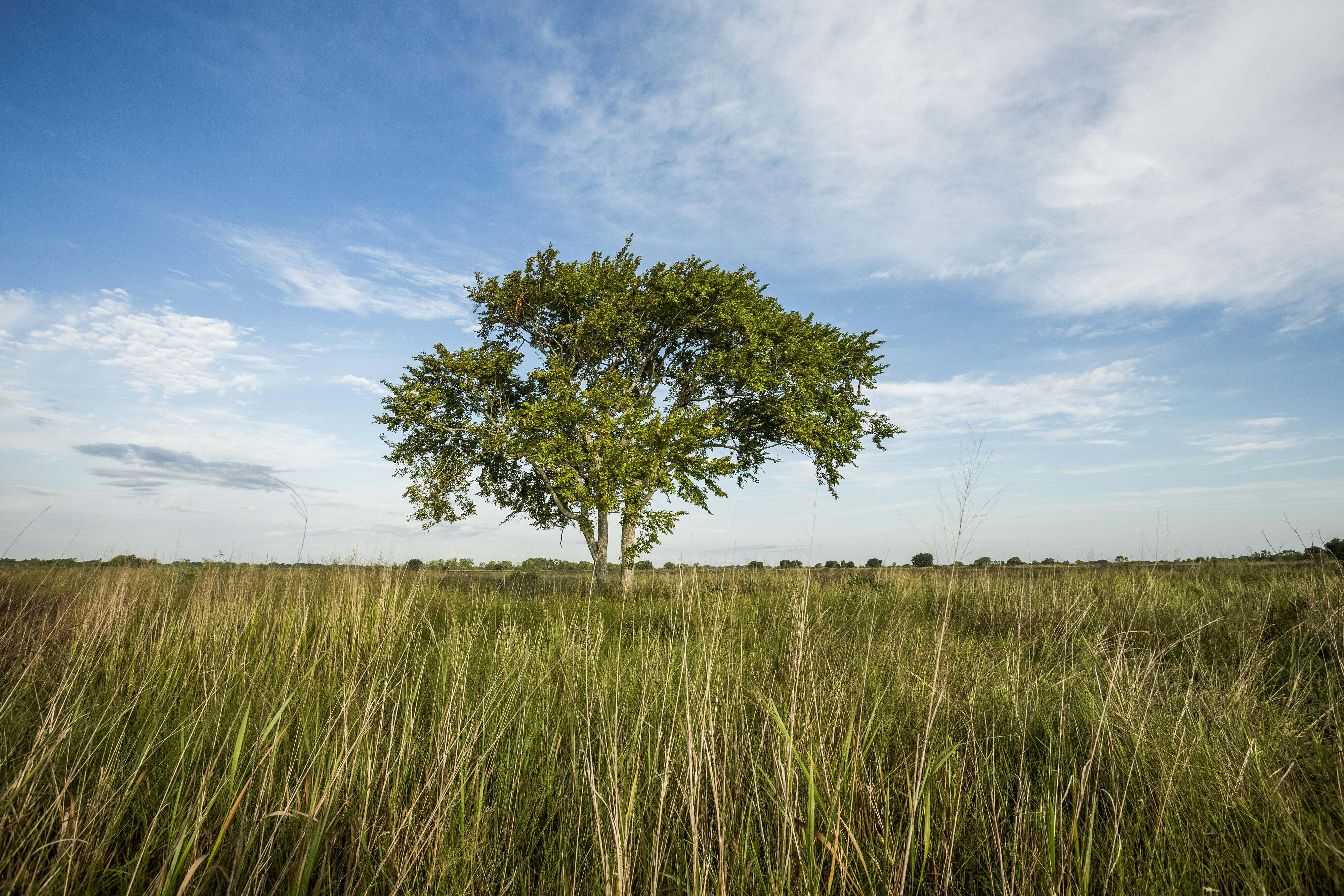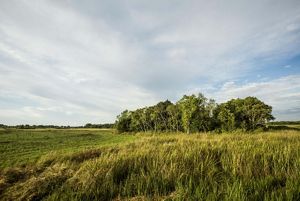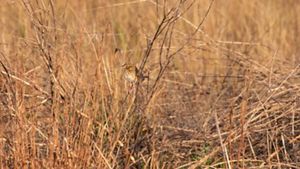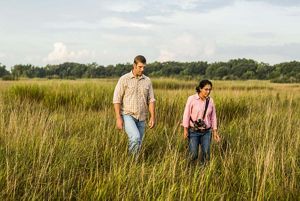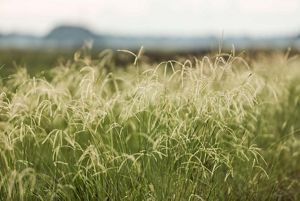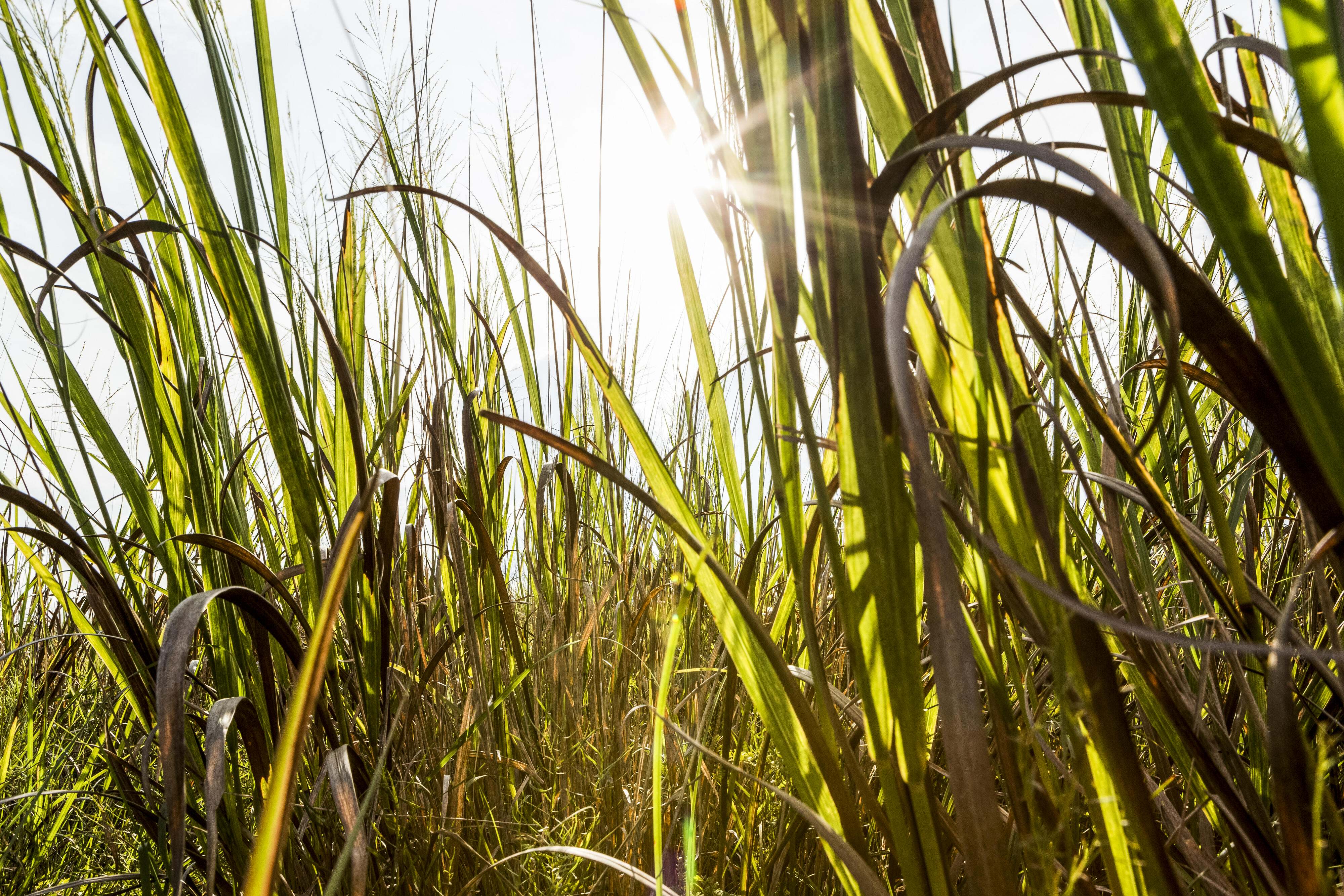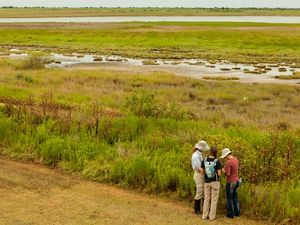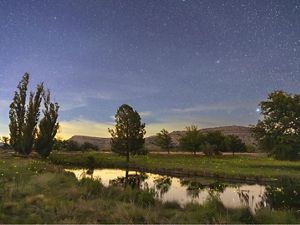Description
Roughly 70 miles southwest of Houston, lies The Nature Conservancy's (TNC) Nash Prairie Preserve. This 427-acre tract is one of the last remaining segments of coastal tallgrass prairie in Texas. Less than 200 years ago, the Great Coastal Prairie spanned six million acres between Lafayette, Louisiana and Corpus Christi, Texas; yet today, less than 1% of this system still exists. Untouched by people or plows, Nash Prairie remains a unique gem, unchanged by time.
Located in the Brazos River watershed, this gently rolling landscape was once a productive hay meadow for the historic KNG Ranch run by Houston socialite Kittie Nash Groce. As a result, the acreage was spared from development, allowing silvery-tipped switchgrass, golden bursts of Indiangrass and other native species to reclaim the land.
